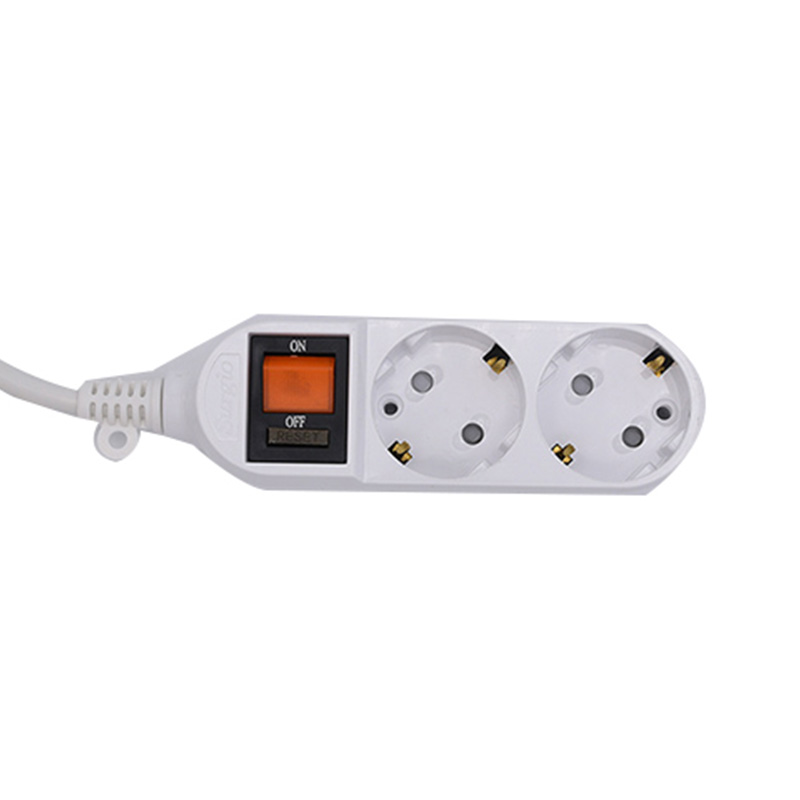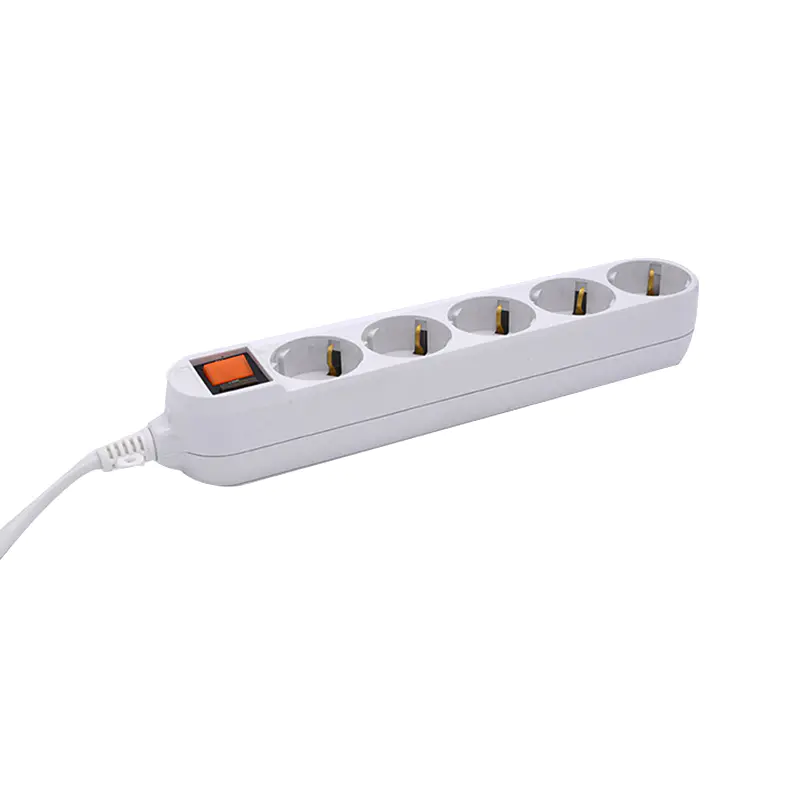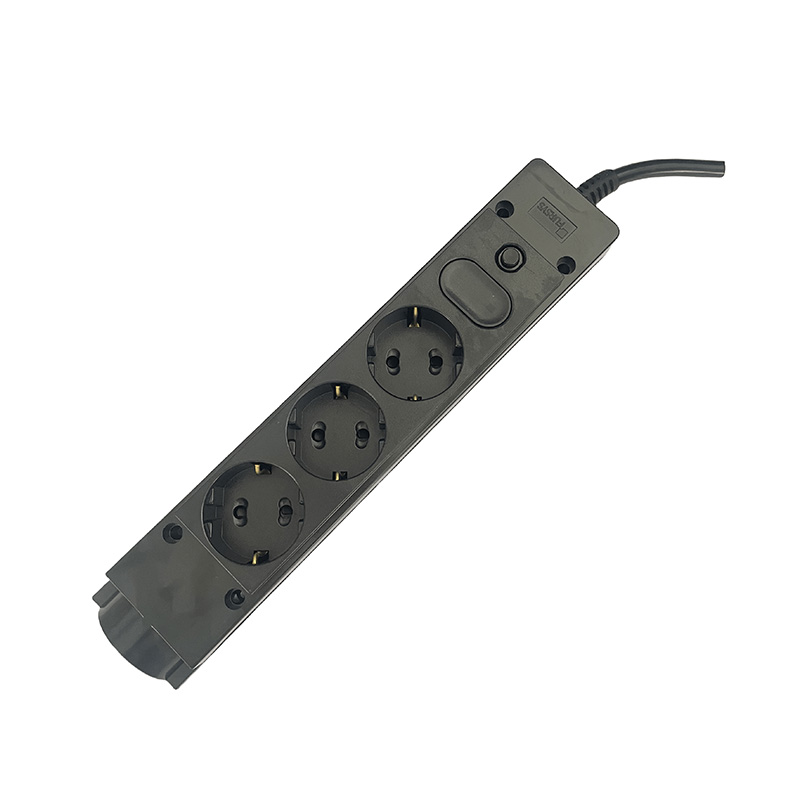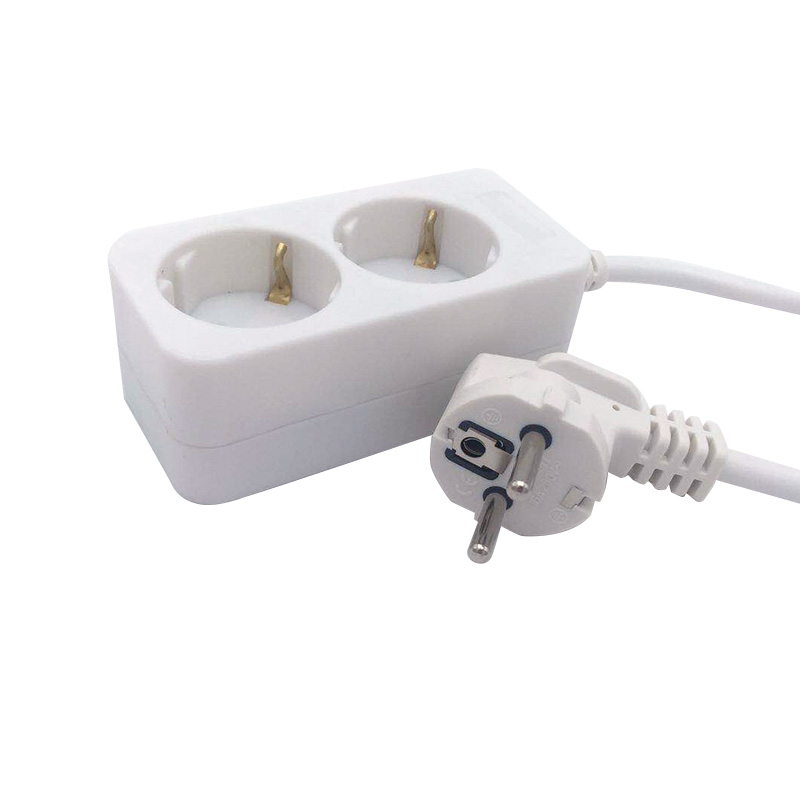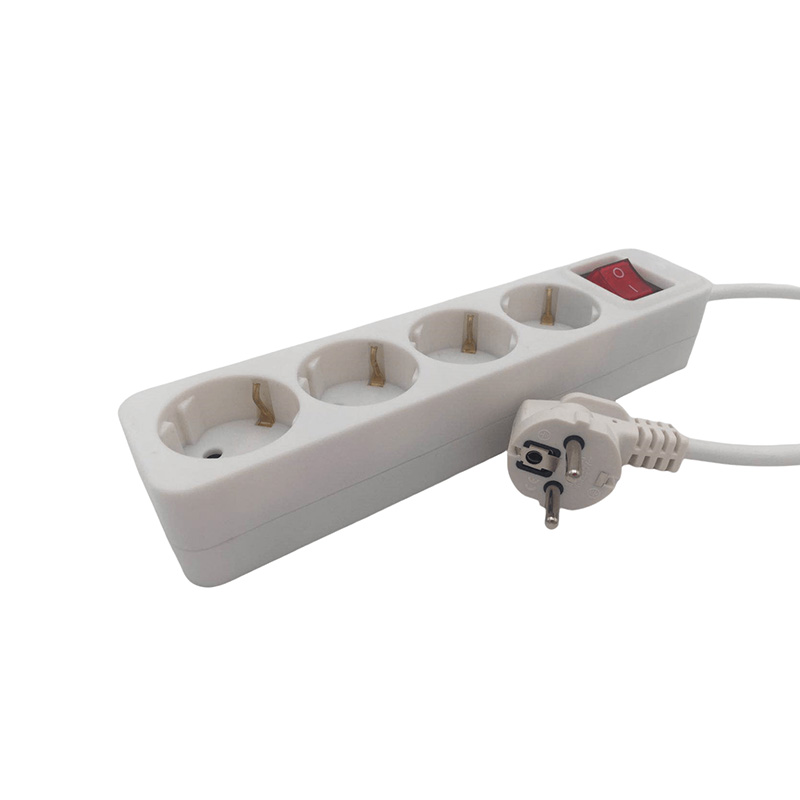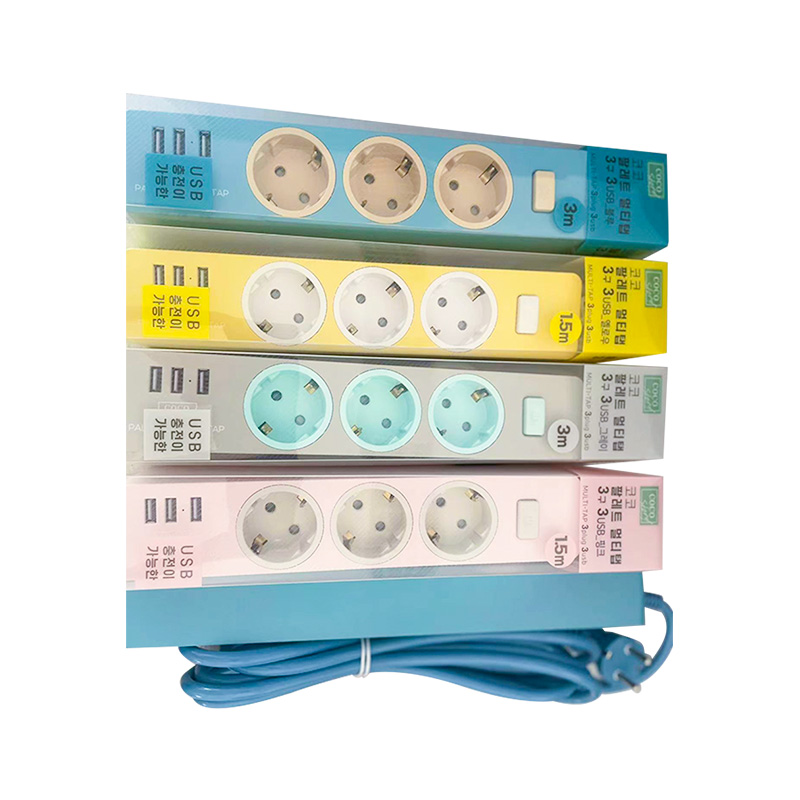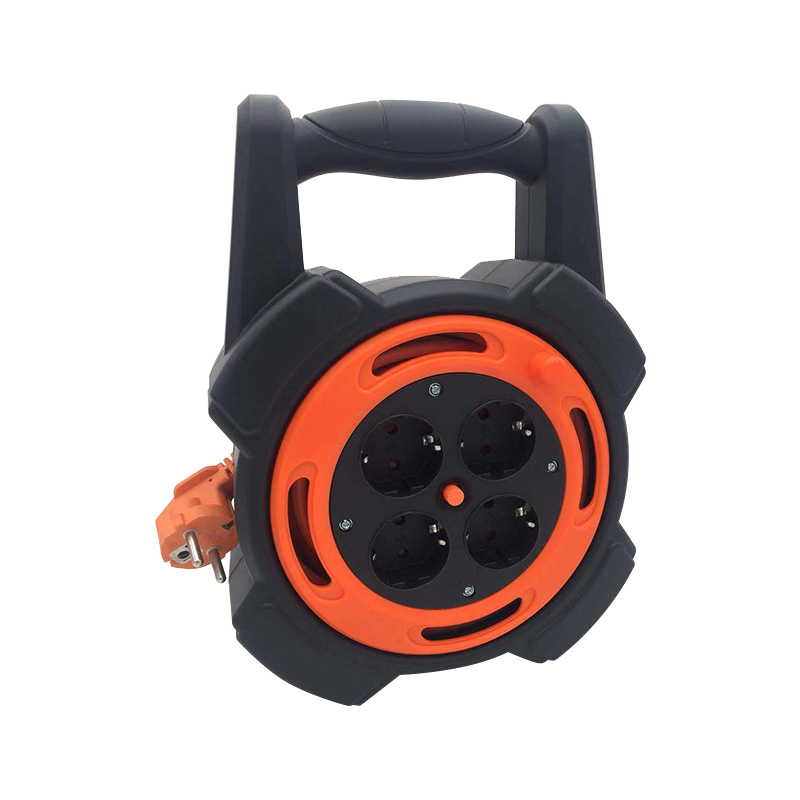Submit feedback
Does the power cord for electrosurgical pencil require regular maintenance?
 2025.10.23
2025.10.23
 Industry News
Industry News
1. Introduction to Electrosurgical Pencil Power Cords
Electrosurgical pencils are vital tools in modern surgical procedures, enabling precise cutting and coagulation of tissue. The power cord of an electrosurgical pencil serves as the essential link between the pencil and the electrosurgical generator, providing reliable electrical transmission. Without proper maintenance, the power cord can degrade, potentially compromising surgical safety and device performance.
Understanding the importance of regular maintenance, potential issues, and proper care methods for these cords ensures optimal functionality and longevity of both the cord and the electrosurgical pencil.
2. Importance of Maintaining Power Cords
Regular maintenance of the power cord is crucial because it ensures consistent electrical conduction, prevents unexpected failures during surgery, and minimizes risks of electrical hazards. Surgical settings demand high reliability, and a damaged or poorly maintained cord can lead to interrupted procedures, compromised patient safety, and increased operational costs.
2.1 Safety Considerations
A malfunctioning power cord may cause sparks, overheating, or electrical leakage. Maintaining the cord through regular inspections and cleaning minimizes these risks, ensuring that surgical staff and patients remain safe during procedures.
2.2 Performance Reliability
A well-maintained cord guarantees consistent energy delivery from the generator to the electrosurgical pencil. This stability is essential for precision in cutting and coagulation, allowing surgeons to perform delicate procedures with confidence and accuracy.
3. Common Issues with Power Cords
Despite their durable construction, power cords can experience wear and damage over time due to frequent handling, bending, and sterilization processes. Typical issues include:
- Insulation wear, cracks, or cuts exposing wires
- Connector damage or corrosion affecting contact
- Internal wire breakage due to repeated bending
- Residue accumulation from sterilization or surgical fluids
- Overheating or intermittent energy delivery due to compromised integrity
4. Recommended Maintenance Practices
Regular maintenance of power cords involves a combination of visual inspections, cleaning, and proper handling. These practices help prolong the cord’s life and ensure consistent performance.
4.1 Visual Inspections
Before and after each use, visually inspect the cord for signs of wear, cracks, or fraying. Pay close attention to areas near the connectors, as these are common points of stress. Replace cords immediately if any damage is detected.
4.2 Cleaning and Sterilization
Proper cleaning is essential to remove surgical residues and prevent contamination. Use manufacturer-recommended cleaning agents and methods. Avoid harsh chemicals that can degrade insulation. Ensure cords are fully dry before reconnecting to the generator.
4.3 Proper Handling and Storage
Avoid excessive bending, twisting, or stretching. Store cords in designated holders or hooks to prevent tangling. Ensure connectors are protected to maintain electrical contact quality and reduce corrosion risks.
5. Replacement Guidelines
Even with regular maintenance, power cords have a finite lifespan. Guidelines for replacement include:
- Visible damage to insulation or connectors
- Intermittent electrical delivery or inconsistent performance
- Excessive wear from frequent bending or sterilization cycles
- Manufacturer-recommended replacement intervals
6. Training and Awareness
Staff should be trained to recognize signs of cord wear and understand proper maintenance protocols. Awareness of the importance of cord care reduces the risk of unexpected failures during surgery and improves overall equipment management.
7. Conclusion
In conclusion, the power cord for an electrosurgical pencil does require regular maintenance to ensure safety, reliability, and optimal performance. Visual inspections, cleaning, proper handling, and timely replacement are all essential practices. Implementing these maintenance strategies not only extends the cord’s lifespan but also ensures uninterrupted, safe surgical procedures and protects both patients and medical staff from potential hazards.
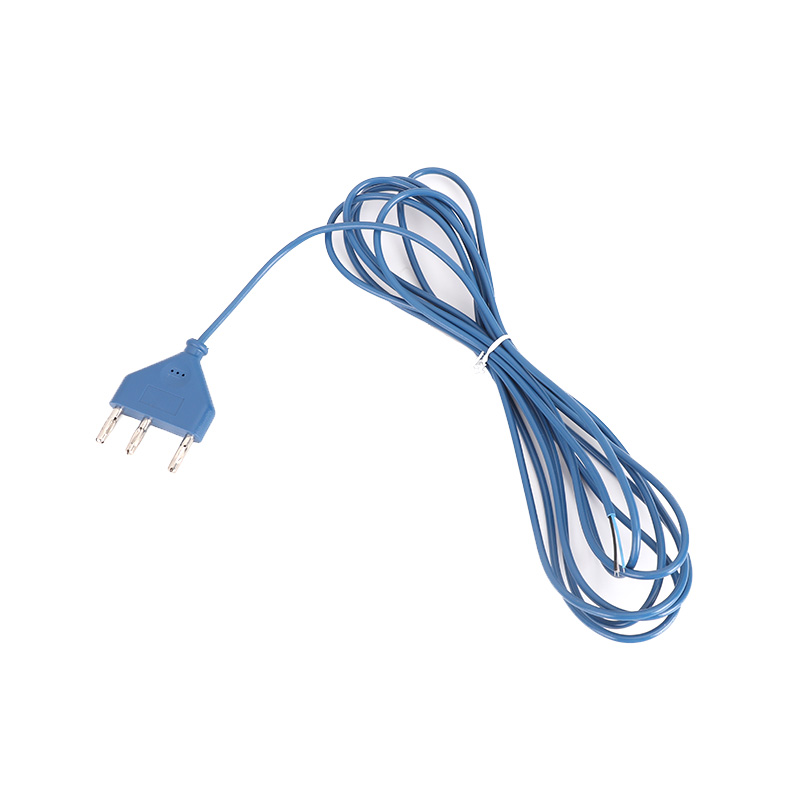
 TOP
TOP
 ENG
ENG
 English
English русский
русский 한국어
한국어 Deutsch
Deutsch

